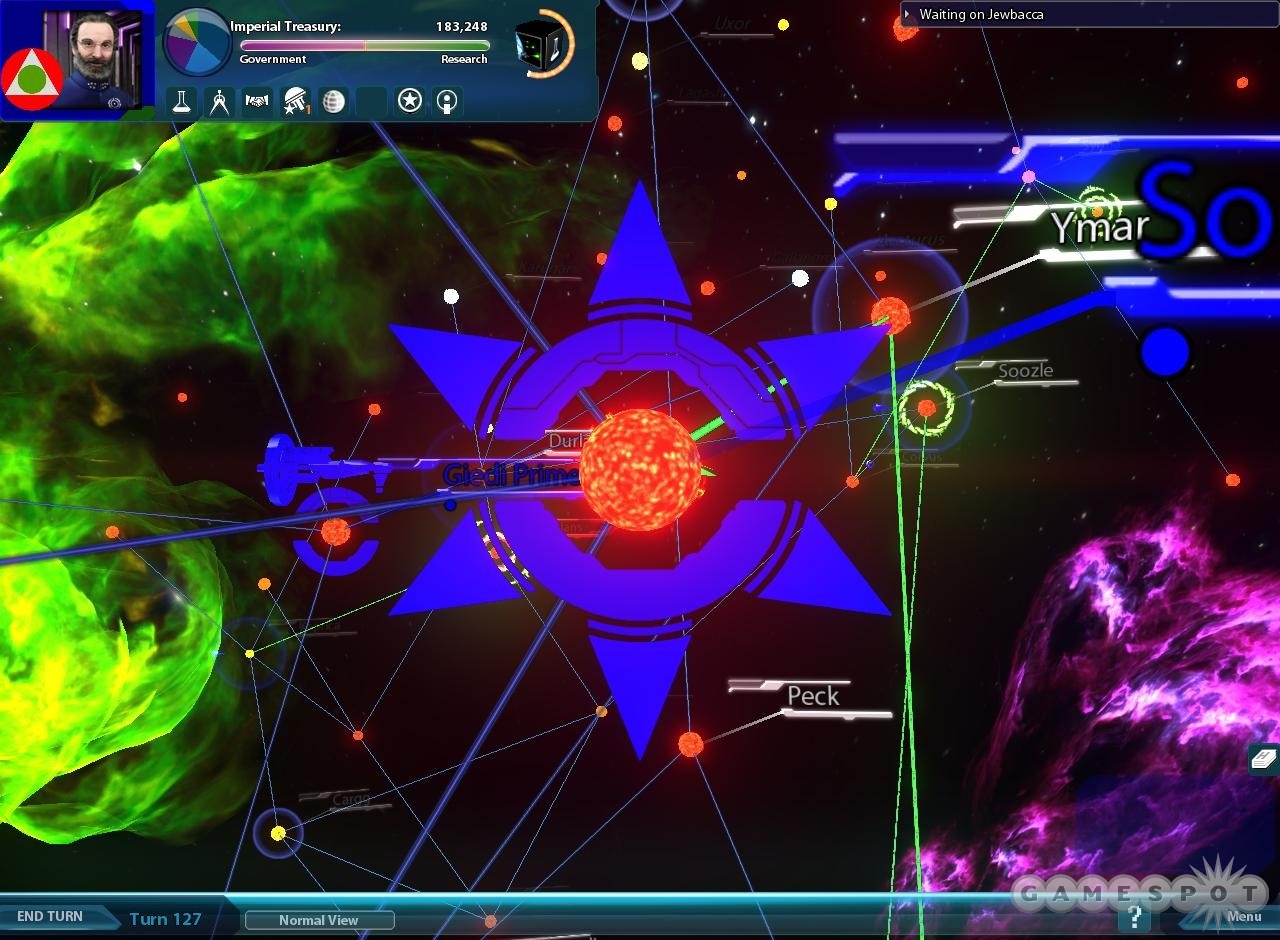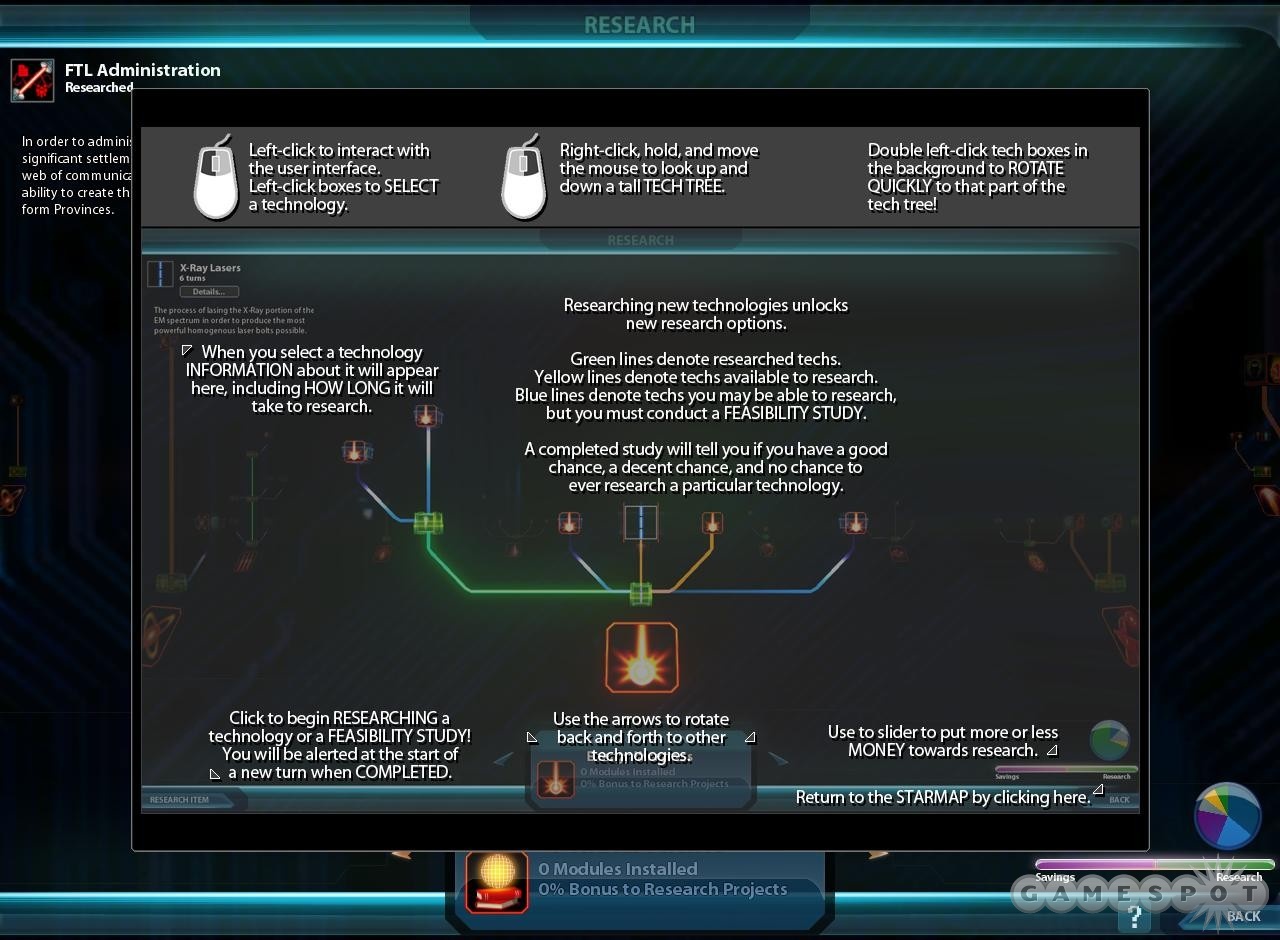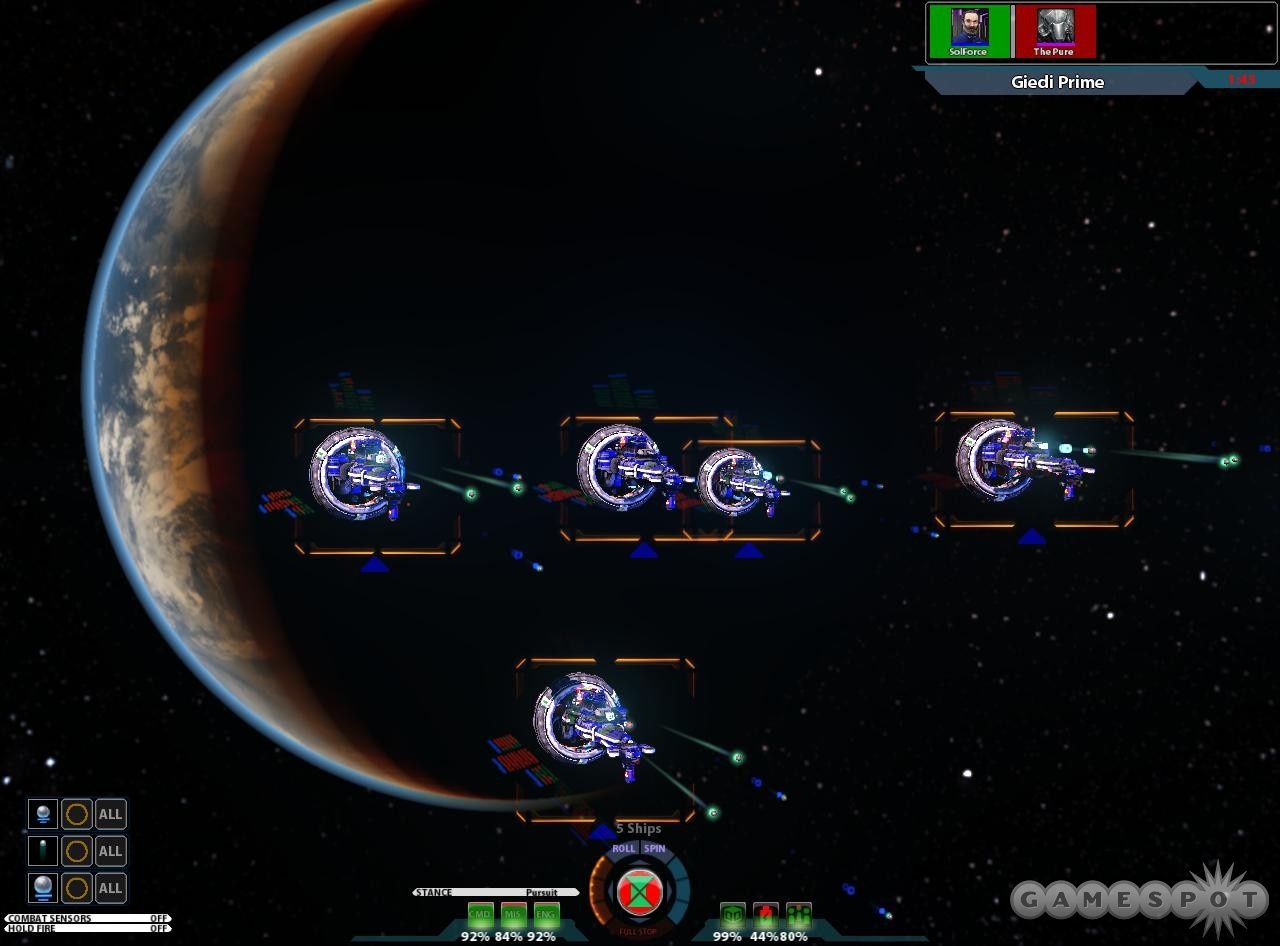Sword of the Stars II: Lords of Winter is a huge disappointment. After more than a dozen patches as of this review, it remains a buggy, difficult-to-play mess, prone to multiple crash bugs and freezes, obscured by unclear mechanics, and bereft of helpful guidance. Even if you have a great deal of patience and a professed love of deep strategy games set in space, you should avoid Sword of the Stars II until developer Kerberos Productions has fixed the unfinished product it's currently selling.
The basic structure of this 4X (explore, expand, exploit, exterminate) space game blends turn-based strategizing with real-time combat. The turn-based portion is all about exploring the galaxy and building your empire. Activities here include designing ships, building space stations, creating fleets, researching new technologies, engaging in diplomacy, managing your economy, colonizing worlds, and plotting your next move. The real-time proceedings are all about blasting your enemy into cosmic dust or preserving your own forces against overwhelming odds. As the game progresses, a rhythm develops in the turn-based portion as you check in on your economy, your fleets, and your tech status, and then balance all of this in your intergalactic checkbook. It’s here where you build your grand strategy for winning the game, though this is far from an easy task thanks to the technical issues and poor interface.

One of the game's greatest frustrations is that it doesn't teach you how to play it. It lacks a tutorial, and even the seasoned strategists at whom the game is targeted would benefit from something that walked you through its confusing systems. A downloadable beginner's guide and some basic tutorial screens were patched in, but even with this help, Sword of the Stars II is often baffling. The various information screens for your economy and starship design are similarly arcane. The graphs that show the differences between weapons are small and difficult to understand. This makes deciding which weapons you want to install on your starships perplexing; the game doesn't do a good job of explaining how the different types of damage affect potential targets or the power drains (and other costs) of using such weapons. Easy-to-digest information is the lifeblood of strategy games, and Sword of the Stars II fails to present it to you properly.
The game lacks a story-driven campaign or even scenarios--the single-player portion is all about fighting one of the six factions. This could have been satisfying, but right now, it's difficult to finish a skirmish. The game crashes and freezes constantly. During a one-on-one match against the AI, you might find a hurdle greater than any fleet of starships: crash bugs. The game might crash repeatedly when you attempt to take a planet that would have provided a tactical advantage had it fallen, and will do so on multiple maps. The game can crash in other instances as well, such as when clicking on the menu button to save the game. Even worse, some patches have fixed certain bugs but introduced others.
Sword of the Stars II also suffers from interface woes. If you select a fleet and then select a planetary system for a mission, the game takes you to a screen where you…pick a fleet for the mission. The fleet manager is supposed to let you put your ships into formations, but sometimes it shows only your command ship as eligible for placement. Planetary information screens pop up and can't be easily closed. You find yourself wrestling with the game's interface frequently, and sadly, some of these issues are so intrinsic to the game design that they seem beyond patching.

Combat also presents problems. As you're building and organizing your fleets, you can plot their formation on a grid. This includes putting ships above or below the standard "middle" plane. Yet when fleets go into combat, the formations disappear; cruisers, command ships, and other vessels appear side by side, in one line, wiping out painstaking work devising formations that take advantage of the fleet's ships and their weapons. This also removes some of the strategy from combat. Sure, you can attempt to rebuild your formations, but because the combat view centers on one ship (typically, but not always, your fleet's command vessel), this makes it difficult to get your ships into the formation you want. This centering also makes it difficult to view combat and control your vessels. It's especially annoying when the view centers on a vessel that's slower than others in your fleet; you either advance more slowly or leave the ship behind and accept a limited view of the stellar battlefield.
Another frustration in combat is the timer. When you set up your game, you may not notice the rather small field that controls the length of combat. The default length of five minutes is sometimes too short for you to maneuver your fleet to your opponents or polish them off. You can advance the clock during combat, so don't fret about setting the timer longer. The last thing you want to do is waste a couple of turns finishing off an enemy because you set the length of combat to be too short.
Multiplayer is just as problematic. It's difficult to find games to jump into (it could take days find an open game to join, because the server is just that barren), and between crashes and frequent disconnects, it's tough to remain in the game you've started. Multiplayer games use maps from the single-player game, and so are prone to the same sorts of bugs.

The most frustrating aspect of Sword of the Stars II is that, despite all of its problems, the game had great potential. It looks beautiful, with some pretty cool ship designs, such as the humans' blocky Babylon 5-inspired ships or the more organic designs of some of the alien races. Turrets rotate and fire, and as your ships accumulate damage, rents and holes appear, turrets explode, and fires burn. While the game doesn't always provide adequate information, it's fun to tinker with the starship design tools--especially when you're kitting out the larger ships, such as dreadnoughts and the new, massive Leviathans. The new Battle Riders--destroyer-type vessels that lack interstellar engines and require carrier ships--are a lot of fun to play with as well; they're cheaper to construct than standard cruisers, but they can prove to be powerful in battle. And even if combat is sometimes difficult to control, it's fun to watch big ships blow up in space.
Sword of the Stars II: Lords of Winter should never have been released in this condition. It's a shame that more than a month and a half since its debut, Sword of the Stars II is still in an unstable, difficult-to-play state. The greatest shame, however, is that while Sword of the Stars II isn't that much fun to play, it possesses the spark that could have ignited something great.